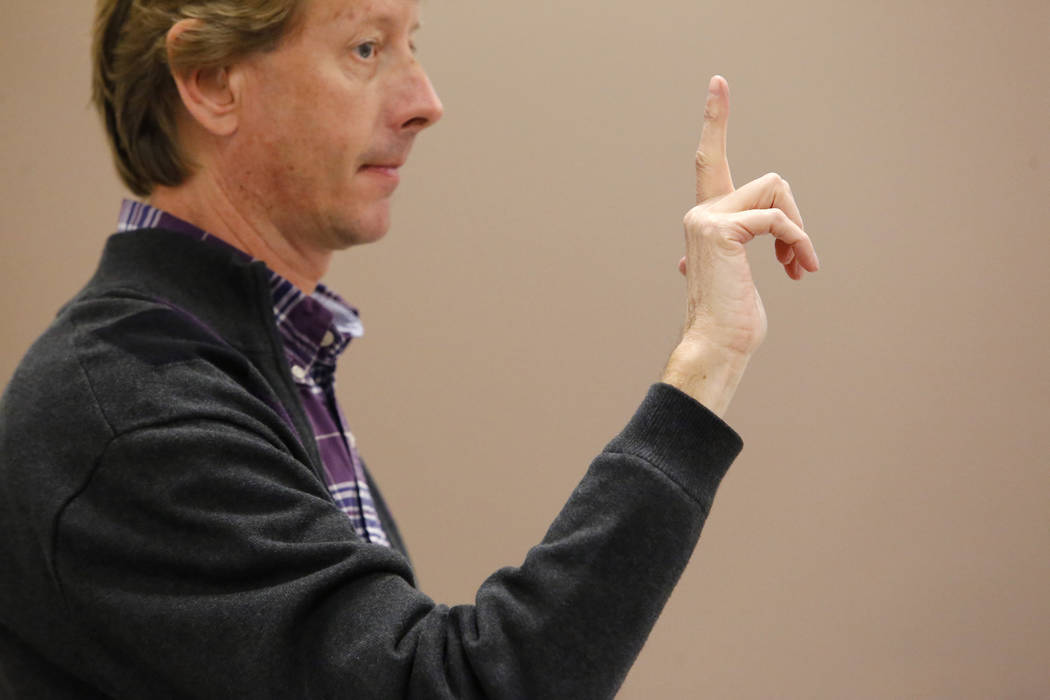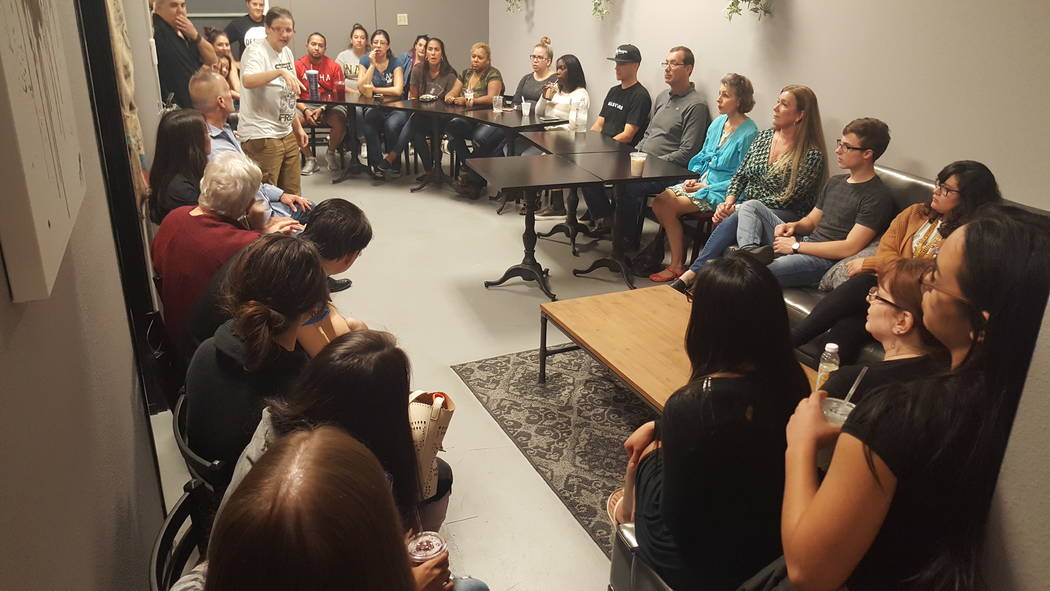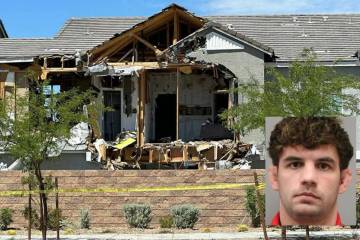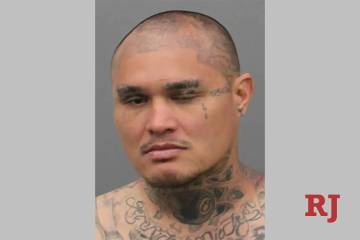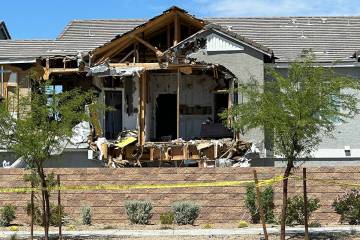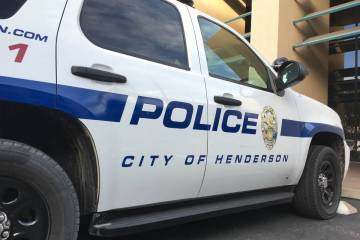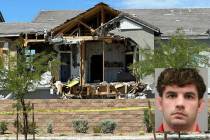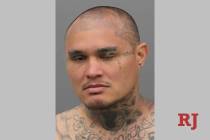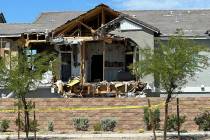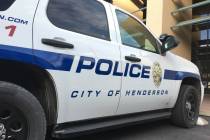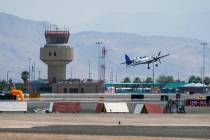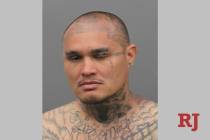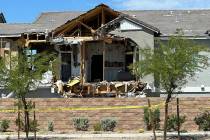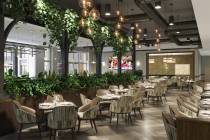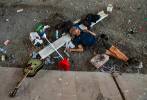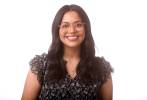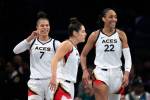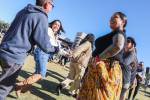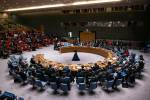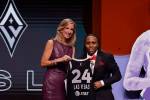Sign-language events promote contact with deaf community
Lowen Patigayon was doing a clinical rotation as part of his internship at Desert Springs Hospital, when he saw a man standing outside with a paper and a pen.
“Are you deaf?” Patigayon asked him.
The man wrote back “yes.”
Patigayon, who knows American Sign Language, indicated that he knows the language and asked the man if he needed help.
“The smile on his face and him lighting up, just seeing his relief that he could actually speak to somebody in his own lanuage,” Patigayon said.
Patigayon studies nursing at Nevada State College and later wrote a paper about his first experience with a deaf person in a hospital setting. He won a scholarship for his essay.
“It’s really needed in medical field,” Patigayon said about ASL.“It’s a huge eye-opening in the medical field showing that this is the population that we do need to address.”
On Dec. 7, Patigayon was one of more than a dozen participants who attended an ASL social night at a Public Works Coffee Bar in Henderson and practiced their sign-language skills.
David Kelsey, one of the group’s organizers who teaches deaf studies at Nevada State College, said seven particpants in the group are deaf.
“The whole purpose is for the students to communicate with the deaf community,” Kelsey said through an interpreter.
Kelsey stood in a circle of people throughout the event and tried to communicate with everyone. He said conversation topics often include school, politics and everyday life.
Kelsey started hosting ASL events in 2007, and the event move around the Las Vegas Valley. The group grew as people found it on social media, and it now has about 60 members, Kelsey said.
American Sign Language is the primary language for the deaf and heard of hearing in North America, according to U.S. Department of Health and Human Services.
The most difficult part of learning ASL is the receptive part, Kelsey said.
“Hearing people tend to use their ears to get information, they just passively listen,” he said. “So they have to change their focus, so they would depend on their eyes and visual messages.”
Patigayon said participants ask each other personal questions such as if they felt isolated growing up, if they had friends growing up or if their parents know ASL.
“A lot of the answers are no,” Patigayon said. “… They feel isolated. So having these deaf events or these socials makes a connection, makes them feel that they have people that they can talk to.”
Kelsey’s favorite part of the event is seeing his students improve their skills.
“In the beginning, they were scared,” he said. “And then, little by little, they became more comfortable.”
Contact Daria Sokolova at dsokolova@viewnews.com or 702-383-0497. Follow @DariaSokolova77 on Twitter.
If you go
Another ASL social night is set for 7-9 p.m. Jan. 11 at Public Works Coffee Bar, 314 Water St., Suite 110.





